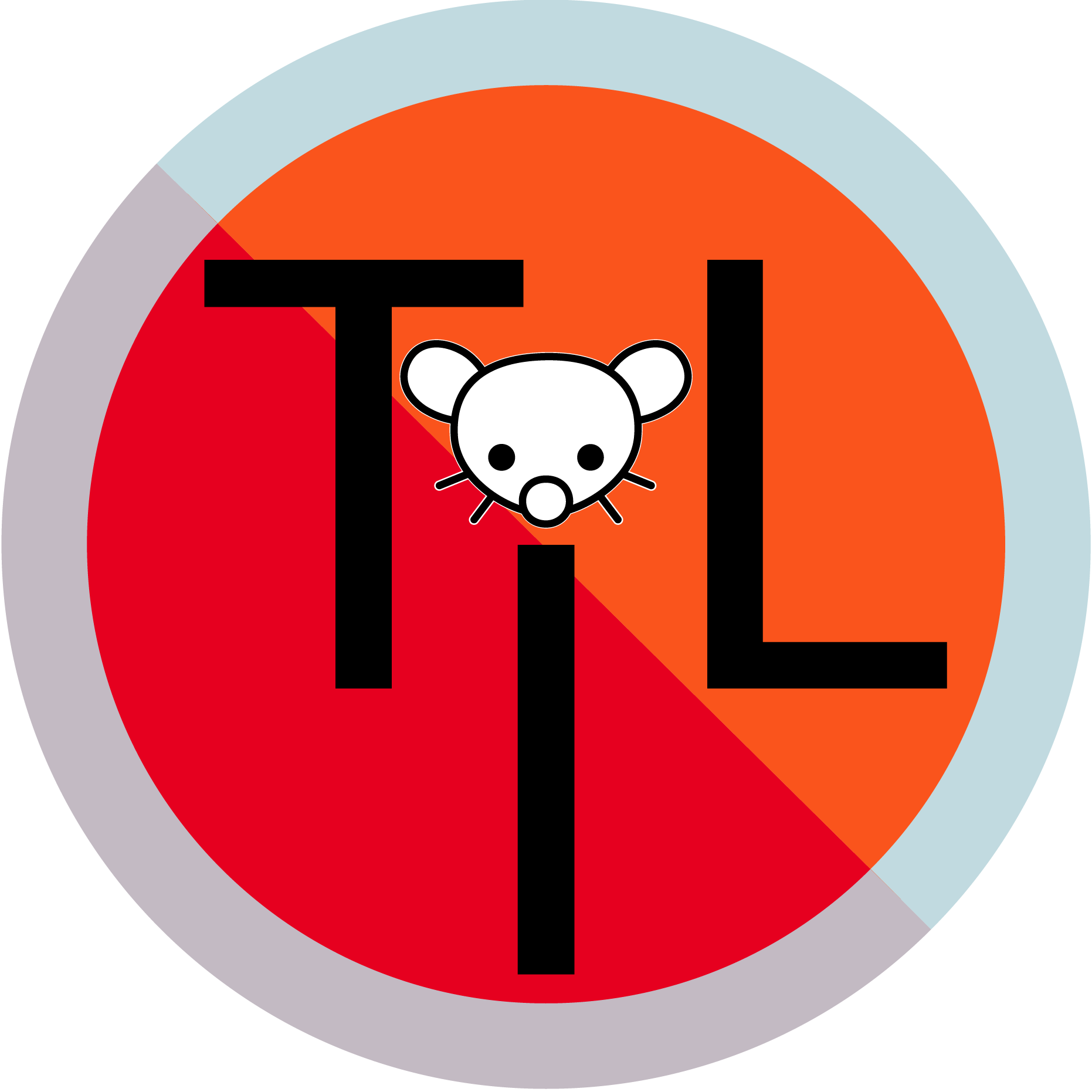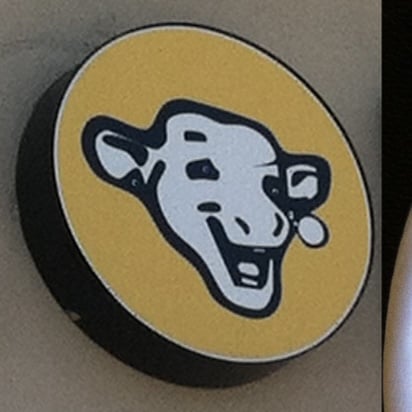

I haven’t seen Weapons, but I do like a horror movie.
Horror is a very diverse genre. Pretty much any story could become a horror story by adding a little twist to it. You’ve got stories that lean into the tropes, stories that actively subvert them, and stories that go their own way.
As far as genres and audiences go, horror is really divisive. People who like it like it, and the people who don’t really do not. In the movie industry, it’s considered high risk, so you typically won’t see horror movies as a major budget summer blockbuster. Traditionally, you’re looking at low budget movies taking chances on new actors / directors / writers. In horror, studios would prefer not to invest in one major picture, but instead diversify into ten pictures and hope one of them is a hit.
Because of studios’ aversion to horror, it has a thriving indie scene. You’re way more likely to see underrepresented voices in horror here, particularly women and queer directors. With limited studio involvement, these stories feel far more personal. And in an industry that relies on thrills, a personal story from an underrepresented voice is more novel. It’ll be more authentic and connect with certain audiences, while other audiences might find it more subversive and unsettling.
It sounds like you were a bit disappointed that Weapons never fully explained itself. While it can be sometimes frustrating, this is a common technique in horror fiction. Stephen King wrote about this extensively in his horror how-to Danse Macabre, but the conventional wisdom is that if you leave certain elements blank, the audience will fill in the blanks themselves and they’ll be scarier than whatever the author originally had in mind. Particularly in arthouse/auteur cinema and thrillers, these blanks also leave room for the audience to make their own interpretations about the meaning of a film - and finding meaning is something that I’m particularly drawn to in film.
I think at their root, people watch horror movies either because they want to be scared or they want to be comforted. These motivations are at odds with each other, and yet, they make sense to me.
For the people who want to be scared, the movie provides a build-up and subsequent release of tension. The tension comes with adrenaline, anticipation, and focus, and the release comes with thrills, relief, and probably give you something to laugh or at least talk about later. It’s a lot like riding a roller coaster. Plus if you’re focused on the horror of the film in front of you, it can provide escapism from the all too real horror show of life.
Then there’s the people who want to be comforted by these movies, and I’m in this camp now. If you’ve seen a thousand horror movies, you probably know how the next one is going to go. You might still jump at the scares, but you know when they’re coming. You may not guess every twist, but you know where they belong. Even the subversive movies become formulaic because the director needs to know the audience’s expectations in order to surprise them. Watching a new movie you can see the influence of the rest of the genre, and if you choose an old familiar movie you can find new details while still enjoying the expected story beats.
I don’t like every horror movie. I know what I like, but the trouble is you don’t always know going into a movie what to expect. Not knowing what to expect is arguably a good thing when you’re selling fear, after all the fear of the unknown is one of the more primal fears. Still, I think more robust content warnings would be useful.
For instance, you mention gruesomeness as being a particular turn-off for you. When you’re deciding to watch a movie, you’ll probably see that it has a letter rating and some kind of content advisory. I’m most familiar with the Motion Picture Association (MPA) ratings, like PG-13 or R, and they’ll include a descriptor of why a movie received a particular rating. The problem for me is that byline often falls short of describing the tone. You might read “Intense blood and gore,” but whether you’re watching Friday the 13th, Tucker and Dale vs Evil, Saw, or The Fly (1983), that gore is probably going to give a different impression because those movies all have radically different tones from each other. In a similar vein, I think of Event Horizon, which is relatively tame apart from something like thirty seconds of psychosexual torture porn that would make De Sade blush.
My personal bugbear are jumpscares, and I wish they were called out in the ratings. They’re a very common complaint among horror fans. They do serve a purpose, but are largely cheap and overused. The “jump” is really an involuntary reaction, and it will occur whether you expect it or not. I suspect they’re only as popular as they are because studios do test screenings where they film audience reactions. A jump is a very visible reaction, but it’s a poor indicator of what the audience is thinking. I imagine that the people reviewing the reactions read them as “very scary film,” but my reaction often has me feeling vaguely insulted.
I also like horror games, and jumpscares are overused there too. You can’t escape it.









This sounds like analysis paralysis. If you have 5 games, it’s easy to select one. If you have 416, it’s difficult to select one.
I’ve often found that the more options I have, the more difficult it is to come to a decision. And when you think about “what game should I play,” it sounds like a silly problem to have. But when you extend it to other problems in life, like “what should I have for dinner,” then you see it start to cause some pretty serious problems.
Lately I think I spend more time trying to decide what to play than I do playing games. Then I’m not always successful in making a decision, or might run out of time, and then I don’t play any games. Following the same reasoning, sometimes I don’t eat dinner.
If you start to notice this is becoming an actual problem, the good news is there are tools and techniques that can help you make a decision. About a thousand of them. Good luck picking one.